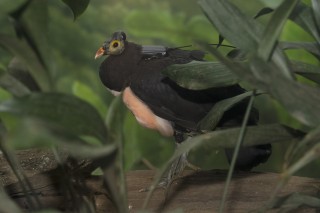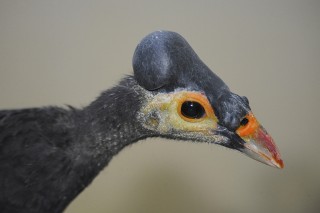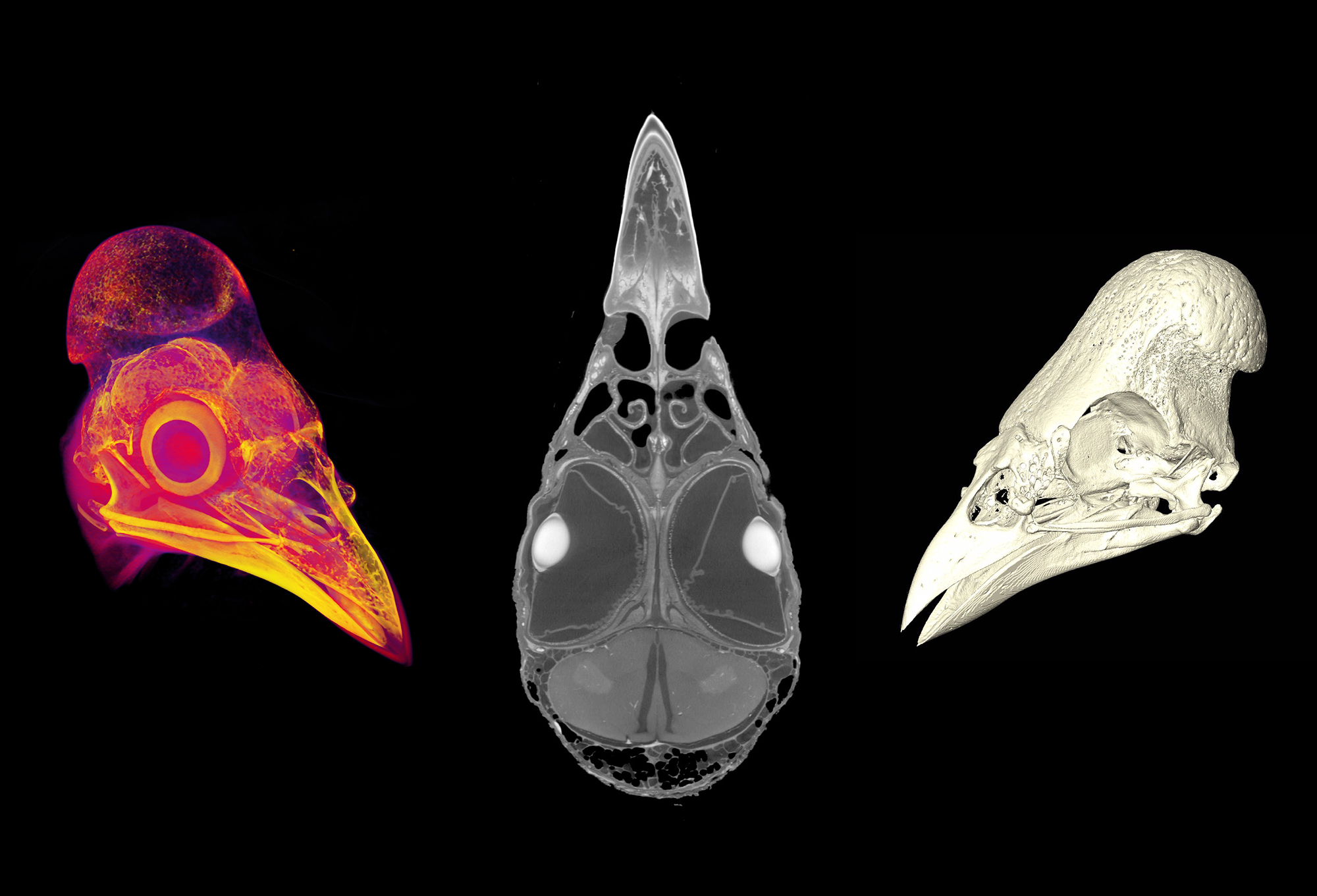
November 30, 2018
Seeing More
- as seen by -
 Charlotte Hollinger
Charlotte Hollinger
Using new technologies to understand human and animal health and disease has been a constant feature of modern history. Humankind has made particular progress in enhancing our ability to see, from the magnifying glass (circa 1250), to the microscope (c. 1590), to x-rays, ultrasound, computed tomography (CT), magnetic resonance imaging (MRI), and many other refinements over the course of the 20th century and through today.
Imaging technologies are used to observe and describe normal structure and function and to identify when abnormalities occur. The Wildlife Conservation Society’s Zoological Health Program based at the Bronx Zoo employs imaging technologies to better understand the anatomy and physiology of species, for some of whom little is known.
These CT reconstructions of a maleo (Macrocephalon maleo) head were obtained in partnership with DiceCT at Oklahoma State University. The images show normal cranial anatomy of this unique bird with a large bony casque resembling a helmet. Maleo are endangered Indonesian birds endemic to the island of Sulawesi. WCS works to protect and conserve the bird’s natural habitat in Indonesia, maintains a maleo breeding program at the Bronx Zoo, and raises awareness of this exceptional species locally and abroad.




Leave a Comment